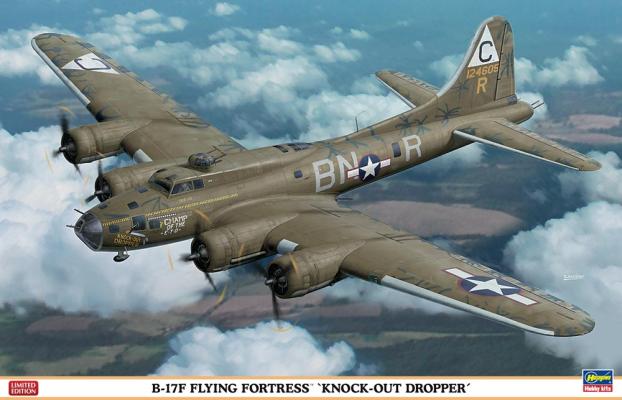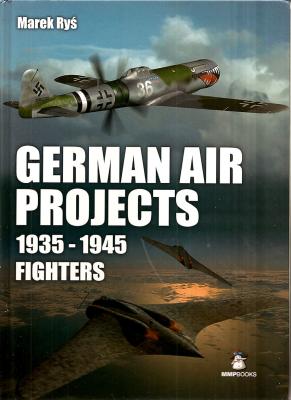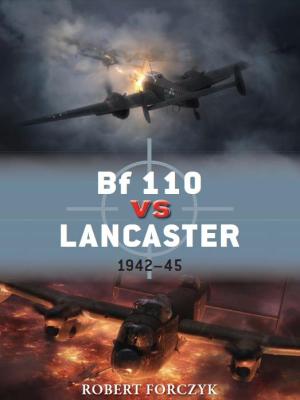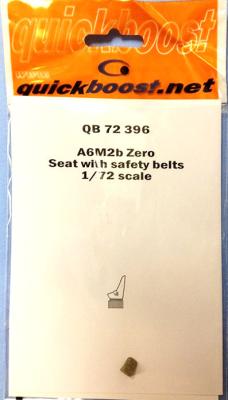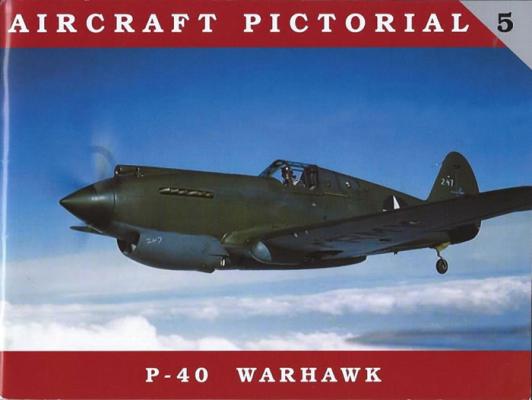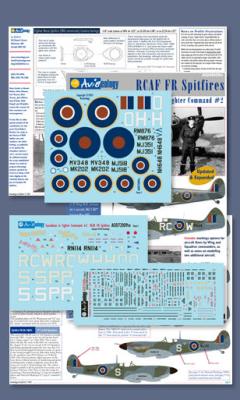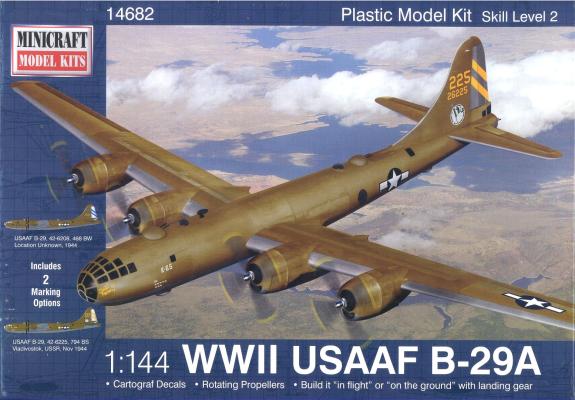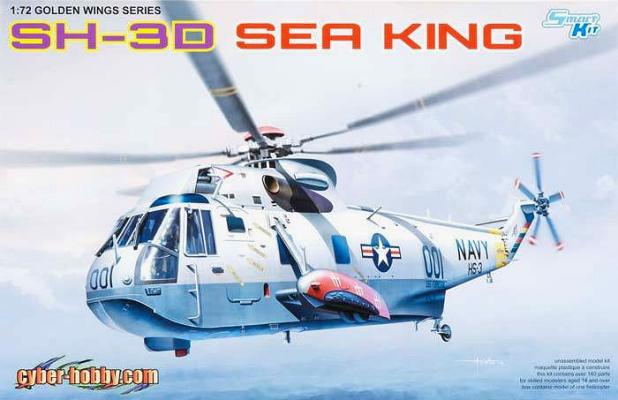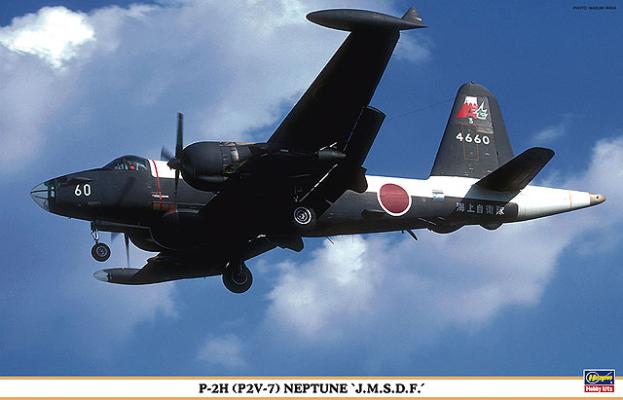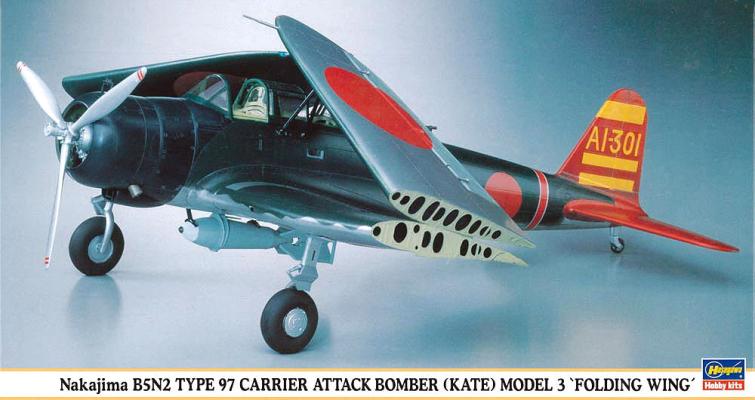Designed in 1935, the B-17 became a force to reckon with by 1942 when the F model was introduced. It had a total production run of 3,405 – 2,300 by Boeing, 500 by Vega, and 605 by Douglas.
This release by Hasegawa features a new set of decals, but the same basic moldings which this kit had 35 years ago: overall good fit, lightly raised panel lines, light grey plastic, and some sink marks expected in an older kit. It has 98 parts and comes in a nice box with a sturdy cardstock bottom and a nice glossy top.

